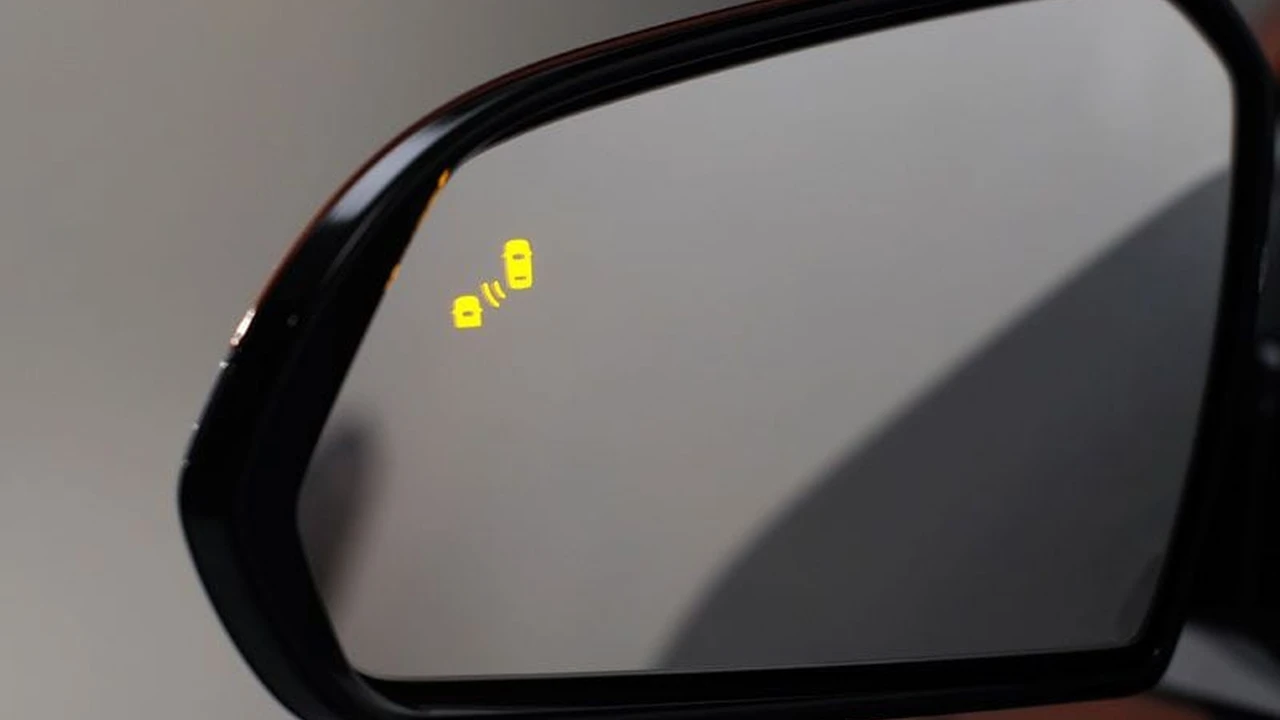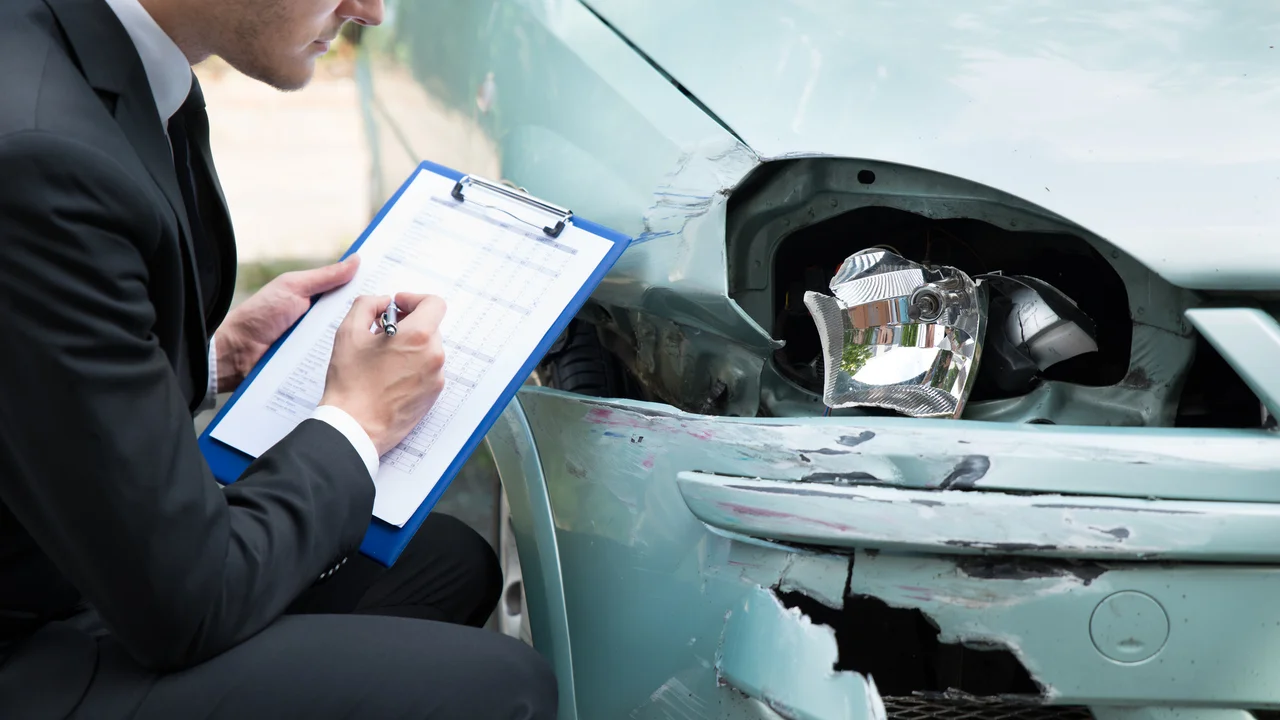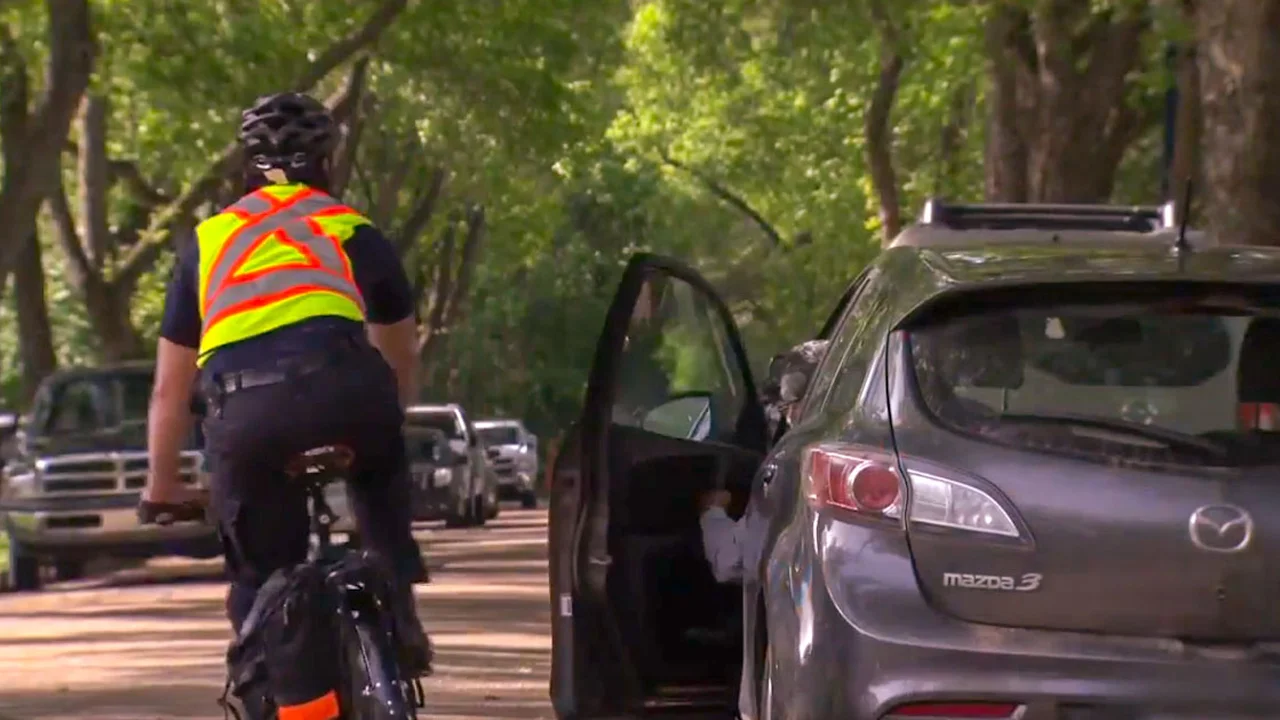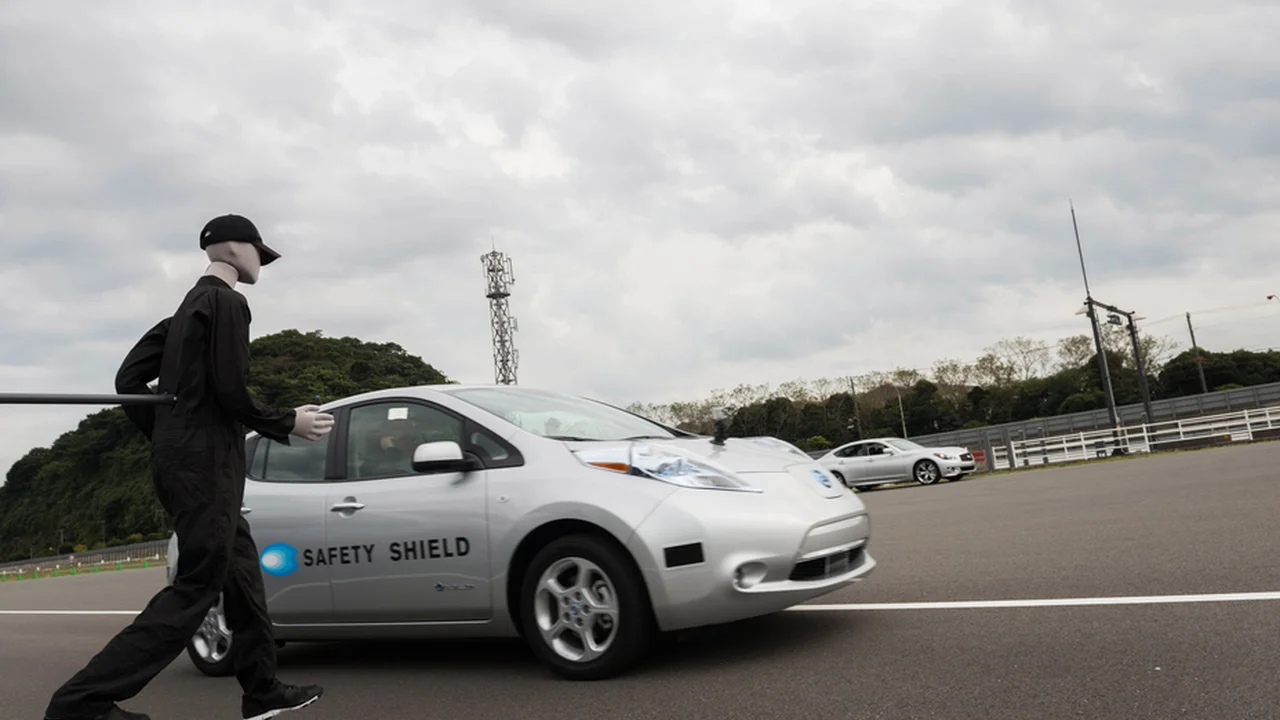Top 5 Cars with Advanced Emergency Braking Systems

Advanced Emergency Braking Systems Explained Understanding AEB Technology
Okay, let's dive into Advanced Emergency Braking, or AEB, systems. Think of it as a co-pilot, but instead of giving you directions, it helps you avoid crashes. The core idea is simple: use sensors (like radar, cameras, and sometimes even lidar) to monitor the road ahead. If the system detects an imminent collision, and you're not reacting fast enough, it steps in. This could be by providing a warning, pre-charging the brakes for faster response, or even applying the brakes automatically.
There are different types of AEB systems. Some are designed for city speeds and focus on pedestrian and cyclist detection. Others are geared towards highway driving, helping to prevent rear-end collisions. Some are even clever enough to detect turning traffic and intervene if you're about to make a left turn into oncoming traffic. The effectiveness varies, but studies consistently show that AEB significantly reduces accidents, especially rear-end collisions.
So, how does it actually *feel* when AEB kicks in? Well, it's a bit startling, to be honest. You'll get a loud warning chime, and then the brakes will slam on, often harder than you would have braked yourself. It's definitely a "wake-up call," but a potentially life-saving one. It's important to remember that AEB is a *supplement* to safe driving, not a replacement. You still need to pay attention and be ready to react.
Top 5 Cars with AEB Ranking The Best Emergency Braking Vehicles
Alright, let's get to the good stuff! Here are five cars that consistently rank high for their AEB systems. Keep in mind that safety features can vary by trim level and model year, so always double-check the specifics when you're shopping.
1 Subaru Ascent A Leader in Crash Avoidance Features
The Subaru Ascent is a fantastic choice for families, and it boasts Subaru's EyeSight driver-assist system. EyeSight includes AEB with pedestrian detection, adaptive cruise control, lane departure warning, and lane keep assist. The AEB system is highly rated for its effectiveness in preventing both front-to-rear and pedestrian accidents. Plus, Subaru has a strong reputation for overall safety.
Using the Subaru Ascent AEB: Imagine you're driving on the highway, and the car in front of you suddenly slams on its brakes. EyeSight will detect the rapid deceleration and provide a warning. If you don't react quickly enough, the AEB will automatically apply the brakes to help mitigate or avoid the collision.
Price: Starting around $35,000.
2 Tesla Model 3 Cutting Edge Technology and Safety
Tesla is known for its advanced technology, and the Model 3 is no exception. Its Autopilot system includes AEB, forward collision warning, and side collision avoidance. Tesla's AEB system uses a combination of cameras and radar to detect potential hazards. It's also constantly learning and improving through over-the-air software updates.
Using the Tesla Model 3 AEB: Picture this: you're navigating a busy city street, and a pedestrian unexpectedly steps out in front of your car. The Model 3's AEB system will quickly identify the pedestrian and apply the brakes if you don't react in time, potentially preventing a serious accident.
Price: Starting around $43,000.
3 Volvo XC60 Prioritizing Safety and Innovation
Volvo has built its brand on safety, and the XC60 lives up to that reputation. It comes standard with City Safety, a comprehensive suite of safety features that includes AEB with pedestrian, cyclist, and large animal detection. Volvo's AEB system is particularly effective at low speeds, making it ideal for city driving.
Using the Volvo XC60 AEB: Envision yourself driving through a residential area when a child suddenly runs into the street chasing a ball. The XC60's AEB system is designed to detect pedestrians, even small children, and will automatically brake to avoid or mitigate a collision.
Price: Starting around $44,000.
4 Toyota Camry Reliable and Safe with Advanced Features
The Toyota Camry is a popular choice for its reliability and affordability, and it also offers a solid suite of safety features. Toyota Safety Sense 2.5+ comes standard on the Camry and includes AEB with pedestrian detection, lane departure alert with steering assist, and dynamic radar cruise control. The Camry's AEB system is a great value for the price.
Using the Toyota Camry AEB: Imagine you're driving on the highway, and traffic suddenly slows down. The Camry's dynamic radar cruise control will automatically adjust your speed to maintain a safe following distance. If the car in front of you brakes hard, the AEB system will kick in to help prevent a rear-end collision.
Price: Starting around $26,000.
5 Honda CR-V Practical and Packed with Safety Technology
The Honda CR-V is a versatile SUV that's perfect for families and adventurers alike. It comes standard with Honda Sensing, a suite of safety features that includes AEB with pedestrian detection, adaptive cruise control with low-speed follow, and lane keeping assist system. The CR-V's AEB system is well-regarded for its responsiveness and accuracy.
Using the Honda CR-V AEB: Picture yourself driving in stop-and-go traffic. The CR-V's adaptive cruise control with low-speed follow will automatically maintain a safe distance from the car in front of you, even at low speeds. If the car in front of you suddenly stops, the AEB system will engage to help prevent a collision.
Price: Starting around $28,000.
AEB Product Comparisons Choosing the Right System for You
So, which AEB system is right for you? Here's a quick comparison:
- Subaru EyeSight: Excellent all-around system, especially good for pedestrian detection and highway driving. Strong value proposition.
- Tesla Autopilot: Cutting-edge technology, constantly improving with software updates. May be more prone to false positives than other systems.
- Volvo City Safety: Superior low-speed performance, ideal for city driving. Comprehensive suite of safety features.
- Toyota Safety Sense 2.5+: Great value for the price. Reliable and effective in a variety of driving situations.
- Honda Sensing: Responsive and accurate system, well-suited for both city and highway driving.
AEB in Action Real World Scenarios and Examples
Let's talk about some real-world scenarios where AEB can make a huge difference:
- Distracted Driving: We've all been there – a quick glance at your phone, a moment of daydreaming. AEB can be a lifesaver when your attention lapses.
- Bad Weather: Rain, snow, and fog can significantly reduce visibility and increase stopping distances. AEB can provide an extra layer of safety in challenging conditions.
- Unexpected Obstacles: A deer running into the road, a child chasing a ball – these unexpected events can happen in an instant. AEB can react faster than a human driver in these situations.
- Night Driving: Visibility is significantly reduced at night, making it harder to spot pedestrians and cyclists. AEB with pedestrian detection can be particularly valuable in these situations.
AEB Limitations and Misconceptions What You Need to Know
It's crucial to understand that AEB isn't perfect. Here are some limitations and common misconceptions:
- Not a Replacement for Safe Driving: AEB is a supplement to safe driving practices, not a replacement. You still need to pay attention, maintain a safe following distance, and avoid distractions.
- Weather Dependent: AEB systems can be affected by weather conditions like heavy rain, snow, and fog. The sensors may not be able to "see" clearly in these conditions.
- False Positives: AEB systems can sometimes generate false positives, meaning they may brake unnecessarily even when there's no imminent collision. This can be startling, but it's generally better to be safe than sorry.
- Speed Limitations: Some AEB systems have speed limitations. They may not be effective at very high speeds or very low speeds.
Future of AEB Advancements and Emerging Technologies
The future of AEB is bright! We can expect to see even more advanced systems with improved sensors, more sophisticated algorithms, and better integration with other driver-assist technologies. Some emerging trends include:
- Lidar-Based AEB: Lidar (Light Detection and Ranging) provides more accurate and detailed information about the surrounding environment compared to radar and cameras alone. This could lead to more reliable and effective AEB systems.
- Vehicle-to-Everything (V2X) Communication: V2X technology allows vehicles to communicate with each other and with infrastructure (like traffic lights). This could enable AEB systems to anticipate potential hazards even before they are visible.
- Artificial Intelligence (AI) Integration: AI can be used to analyze vast amounts of data and learn to predict potential collisions with greater accuracy. This could lead to AEB systems that are even more proactive and effective.
:max_bytes(150000):strip_icc()/277019-baked-pork-chops-with-cream-of-mushroom-soup-DDMFS-beauty-4x3-BG-7505-5762b731cf30447d9cbbbbbf387beafa.jpg)






